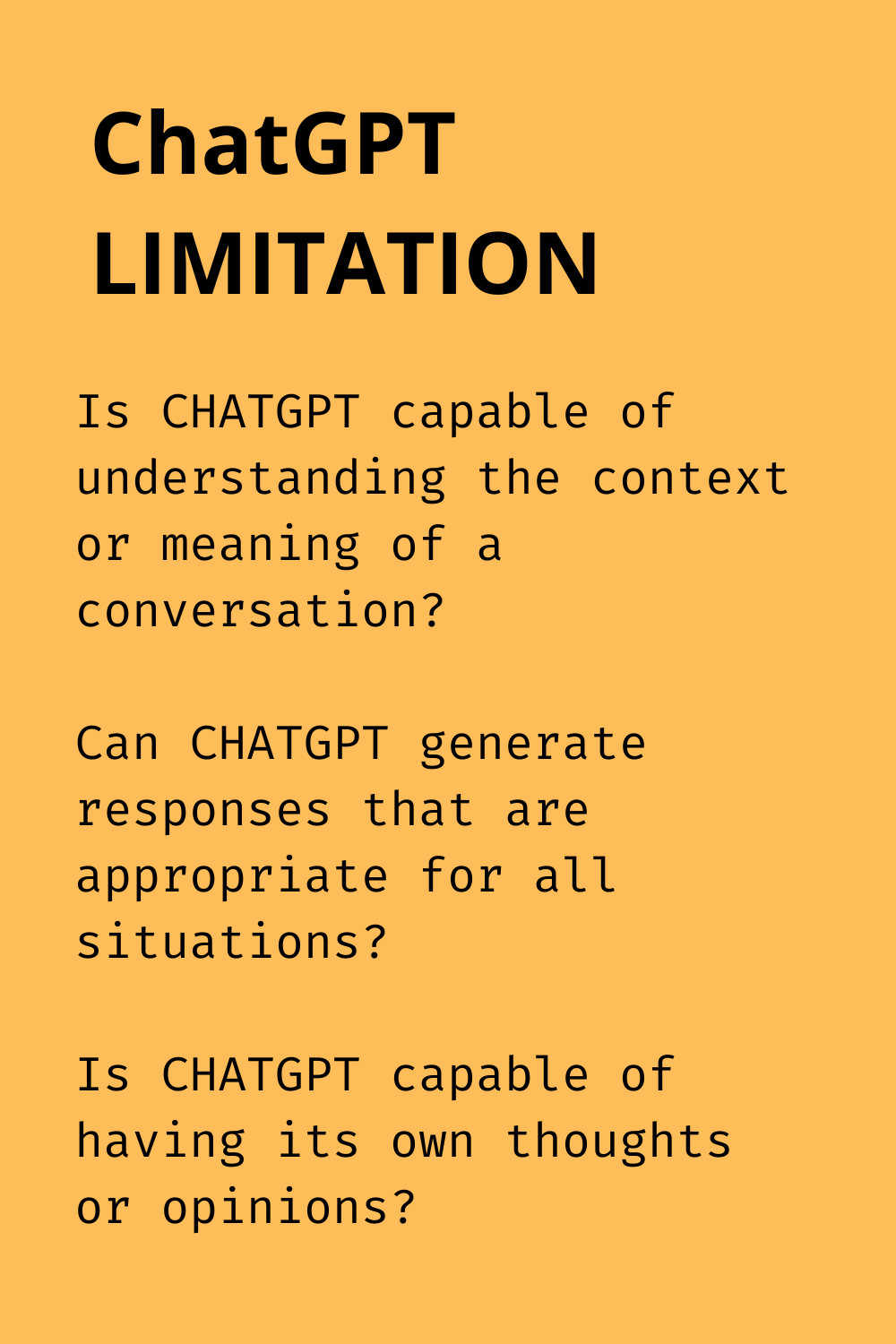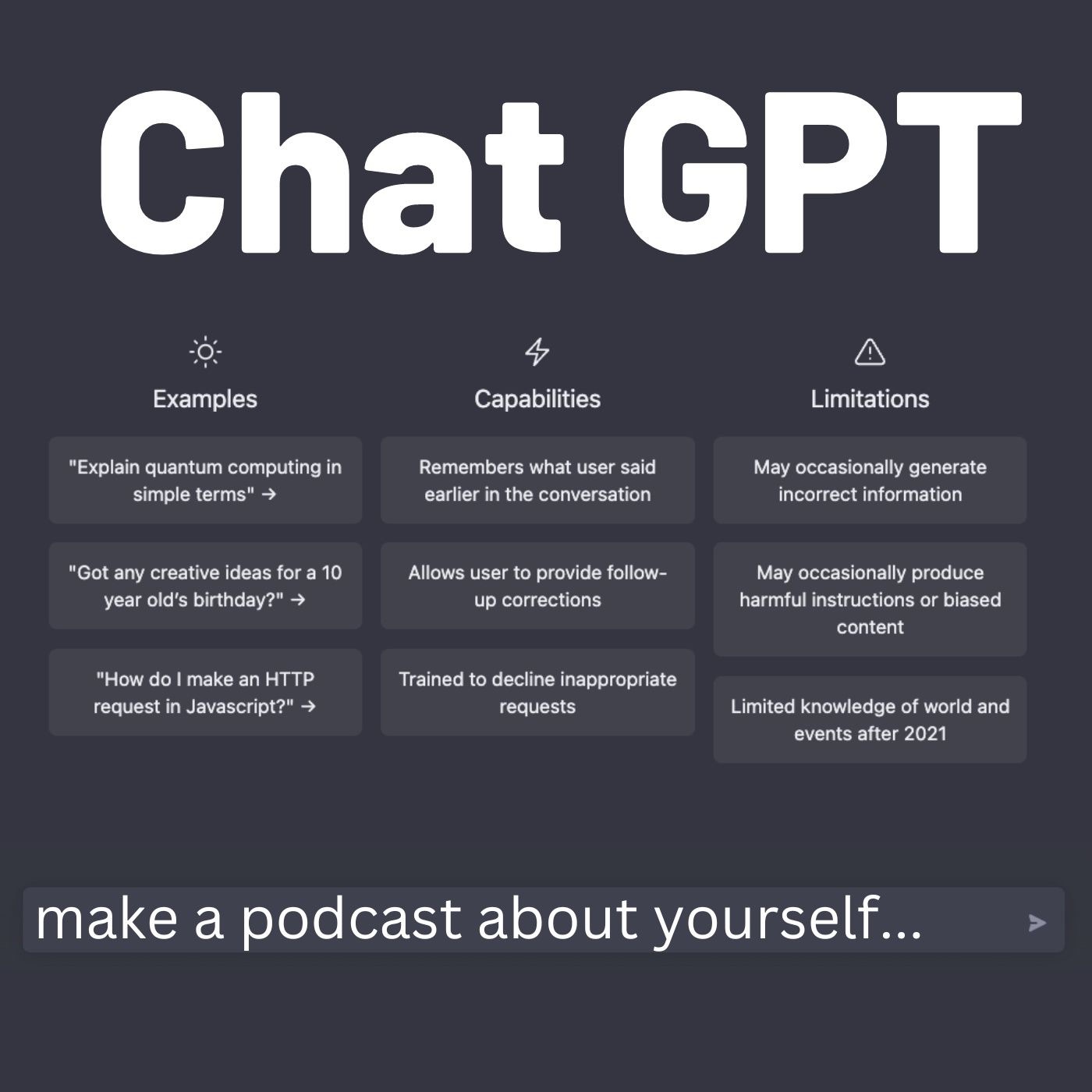[The Challenges Of Chatgpt: Addressing Limitations And Misconceptions]

Executive Summary

ChatGPT, an AI chatbot developed by OpenAI, has sparked both enthusiasm and skepticism since its launch. While demonstrating remarkable capabilities in language generation, ChatGPT faces several challenges and limitations. This article aims to provide a comprehensive analysis of these challenges, addressing common misconceptions and exploring potential solutions to enhance the chatbot’s performance and applications.

Introduction
ChatGPT, as a language model, has revolutionized various industries, including customer service, content creation, and coding assistance. However, it is crucial to recognize its inherent limitations and ongoing development. This article will delve into the challenges faced by ChatGPT, exploring its accuracy, fairness, bias, and safety concerns.
FAQ
1. What are the main limitations of ChatGPT?
ChatGPT may generate factually incorrect or biased responses due to limited training data or inherent biases in its training dataset. Additionally, it lacks real-time information and context, which can affect the accuracy and relevance of its responses.
2. How can I determine the reliability of ChatGPT’s responses?
It is essential to critically evaluate ChatGPT’s responses by verifying factual information through credible sources. Be aware of the potential for biased or subjective responses and consider alternative perspectives to ensure accuracy.
3. What steps are being taken to address the challenges faced by ChatGPT?
OpenAI is actively working on improving ChatGPT’s capabilities, accuracy, and fairness. Ongoing efforts include fine-tuning training data, implementing bias mitigation techniques, and expanding knowledge base through continuous learning.
Subtopics
Accuracy and Reliability
- Training data quality and completeness: Ensuring ChatGPT’s training data is comprehensive, accurate, and unbiased.
- Contextual understanding: Improving ChatGPT’s ability to process and comprehend context from extended conversations and external sources.
- Fact-checking and verification: Implementing mechanisms for automatic fact-checking and user feedback to enhance accuracy.
Fairness and Bias
- Mitigating biases: Addressing potential biases in training data and algorithms to ensure fair and unbiased responses.
- Diverse representation: Incorporating diverse perspectives and voices in training data to reduce cultural or demographic biases.
- Transparency and accountability: Open communication about ChatGPT’s limitations and biases to foster understanding and responsible use.
Safety and Ethics
- Harmful content generation: Implementing safeguards to prevent ChatGPT from generating harmful or offensive content, including hate speech, violence, or misinformation.
- Misuse and negative impact: Addressing concerns over ChatGPT’s potential misuse for malicious purposes, such as phishing or spreading disinformation.
- Ethical considerations: Guiding the ethical use of ChatGPT by establishing clear guidelines and promoting responsible practices.
Real-Time Data and Knowledge
- Knowledge gap: Addressing ChatGPT’s lack of access to real-time information and its inability to update its knowledge base in real-time.
- Dynamic environment adaptation: Enhancing ChatGPT’s ability to adapt to evolving situations and incorporate new information into its responses.
- Contextualization and personalization: Enabling ChatGPT to learn from user interactions and adapt its responses to specific contexts and preferences.
User Interface and Interaction
- Natural language processing: Improving the chatbot’s ability to understand and respond to complex and nuanced user inputs.
- Conversational coherence: Enhancing ChatGPT’s ability to maintain coherent and engaging conversations, avoiding abrupt transitions or irrelevant responses.
- User feedback and iterative learning: Incorporating mechanisms for collecting user feedback and using it to refine the chatbot’s responses and interaction capabilities.
Conclusion
ChatGPT, while a powerful language model, has its limitations and challenges. Recognizing and addressing these limitations through ongoing development and user feedback is essential for enhancing its accuracy, fairness, safety, and user experience. As ChatGPT evolves, its applications will continue to expand, making it important for users to critically evaluate its responses and use it responsibly. By addressing the challenges outlined in this article, we can harness the power of ChatGPT while mitigating potential risks and maximizing its societal benefits.
Keyword Tags
chatgpt, limitations, accuracy, fairness, safety, real-time data, user interface, interaction,
